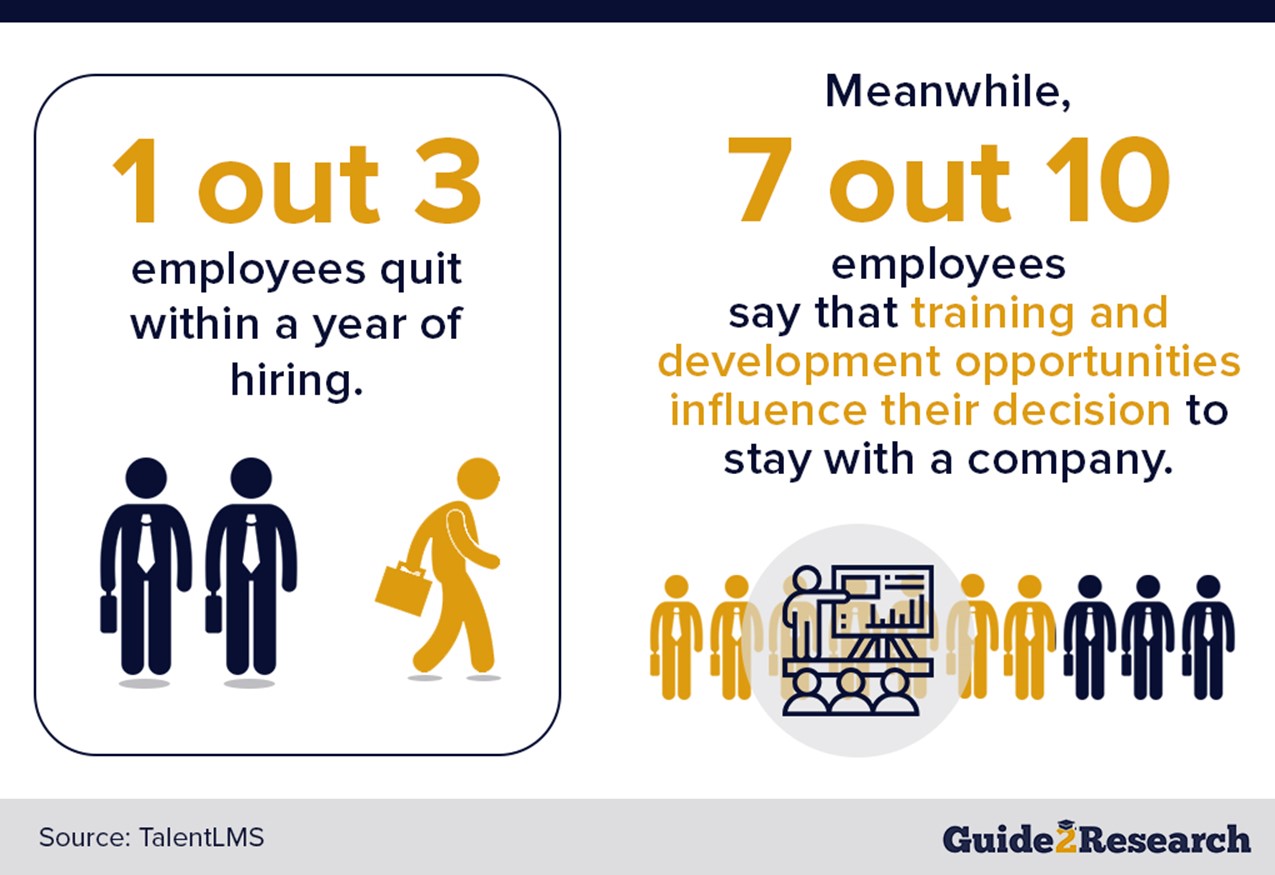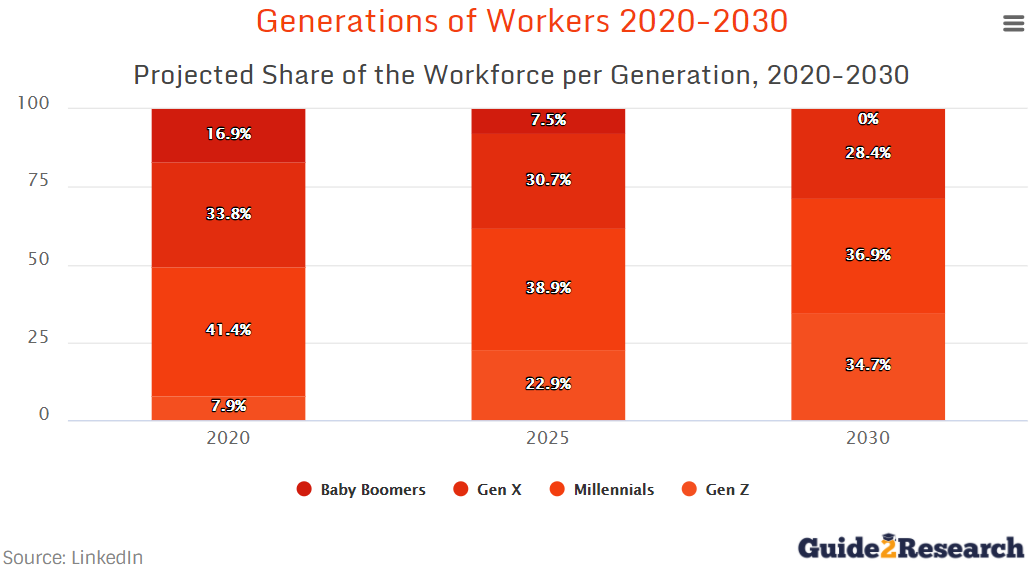
Gamification has become a key tool for companies to engage, train, reward, and retain employees. The gamification market has exploded from being a $7.8 billion industry in 2019 to a projected $76.3 billion by 2030. This article aims to provide additional information on gamification and its applications in the corporate sector.
The concept of gamification is not new, having existed since the late 1970s and maybe even earlier. In 1999, Stephen W. Draper suggested that a fun user experience should be a major requirement in software design. The founding of the Boy Scouts in 1908 gave the concept of awarding badges to members who successfully completed a set objective. Since then, gamification has become a key element in getting audiences engaged in an activity.
An LMS investment can help with employee retention by providing elearning training. Every dollar spent on LMS training returned a $30 increase in productivity on average. Companies that use elearning generate 26% more revenue per employee compared to those who don’t. The impact of training and development opportunities can be seen in the following infographic.
Despite the huge amount of time and resources spent, most participants come away as bored or disengaged. In addition to apparent disinterest in the module, traditional training programs often utilize a singular approach to training. By 2030, Millennials will comprise 36.9% of the workforce, Generation Z will hold 34.7%, and Gen X will drop to 28.4% (Lettink, 2019). More

Gameauto1
Gamification in eLearning and Corporate Training: Examples, Benefits and Tools